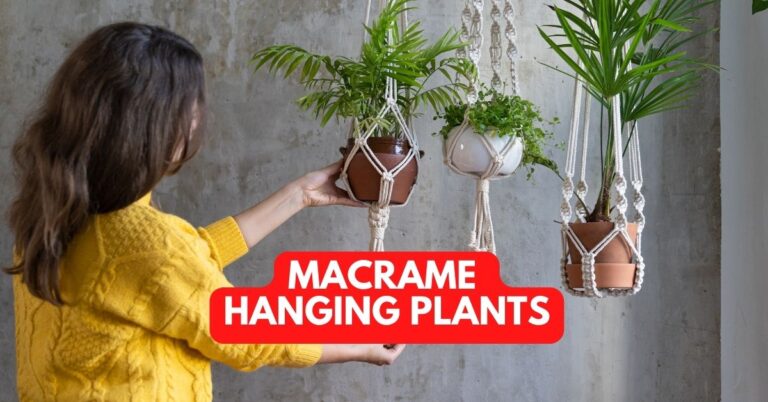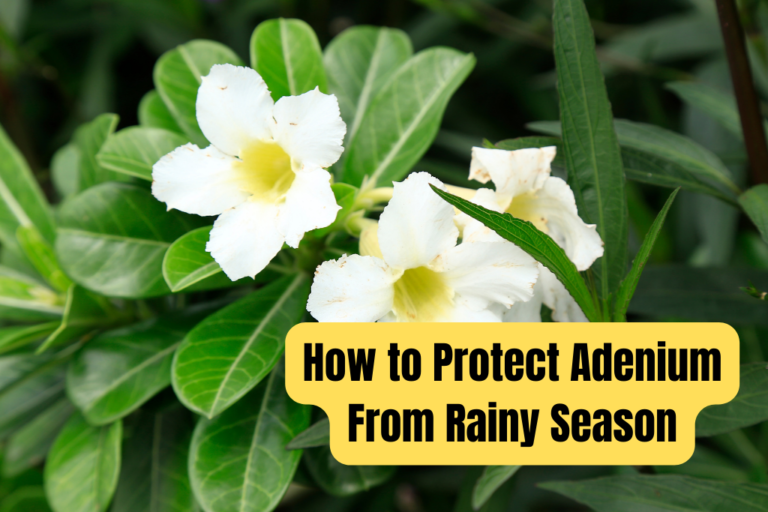What is The Benefits of Pruning ?
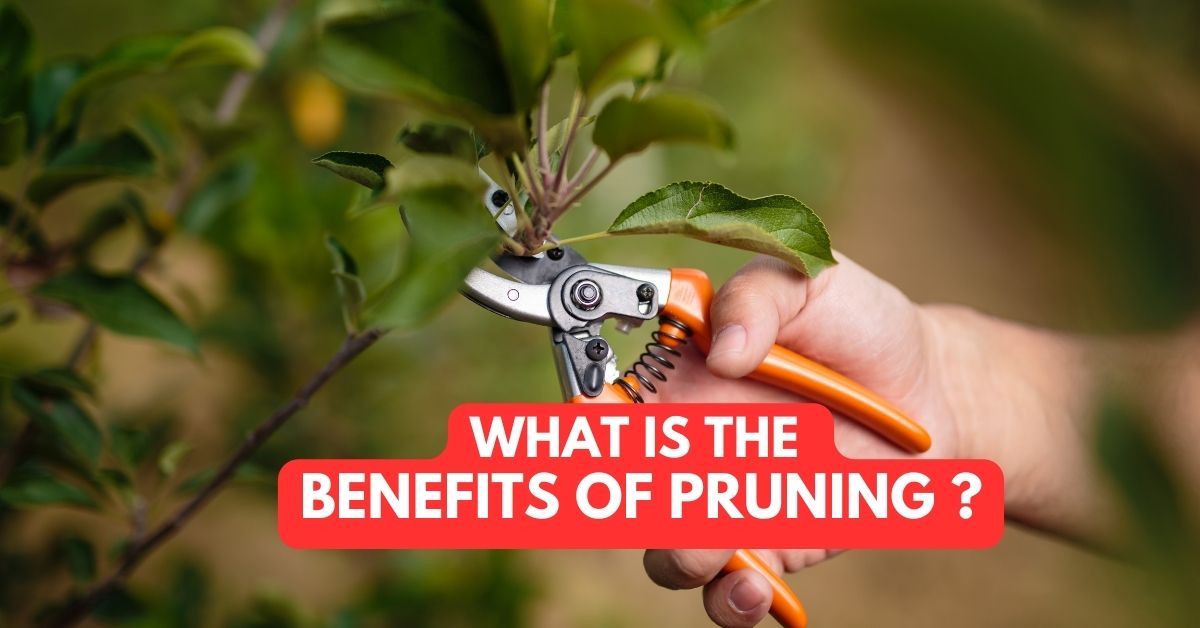
Pruning is the process of removing parts of a plant to promote new growth. Pruning is most often done on trees and shrubs, but it can be done on any plant.
There are two main reasons to prune: to shape the plant and to promote new growth. Shaping is done by removing parts of the plant, and this can be done seasonally or annually.
Seasonal shaping is usually done in the winter or early spring when the plant is not in full growth yet. Annual shaping is usually done every year around the same time, usually in the winter or early spring.
To promote new growth, you must remove a part of the plant that has become withered or dead. If you do not remove this part, then the plant will not be able to come back fresh and strong!
Here are some tips for when to prune your plants.
Reduces risk of tree falling
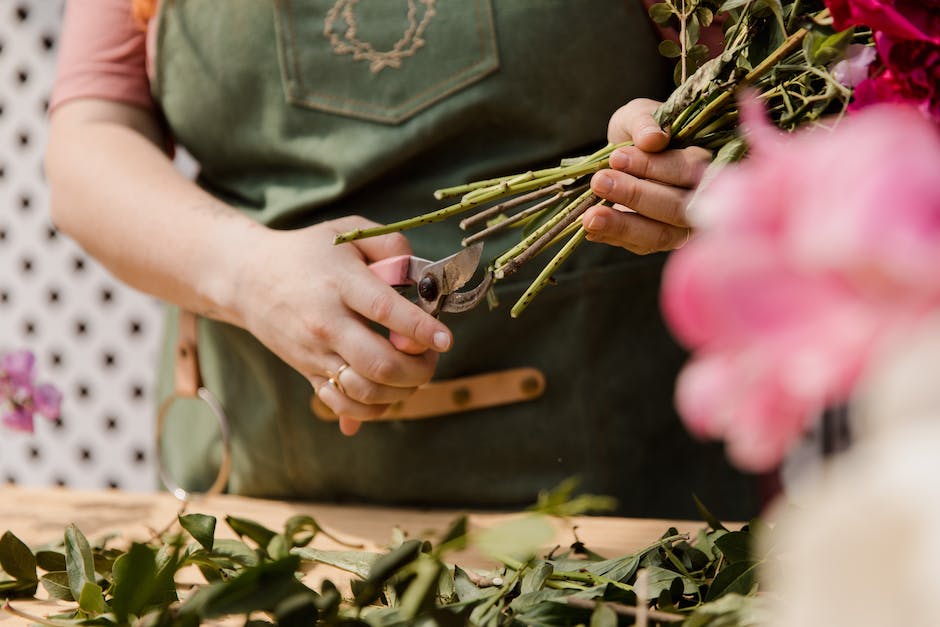
Pruning is a way to manage the size and shape of your trees. By trimming back branches and Trees, you are able to control how large the tree grows and how it looks.
Partial tree pruning can be done every year. This keeps the tree looking fresh and new every season, as well as prevents problems like overcrowding and broke branches. Annual pruning also increases the tree’s growth rate due to additional sunlight reaching the roots.
General pruning can be done every few years depending on the tree type. This removes whole parts of the tree leaving only part of it remains. General pruning is very helpful for trees that grow too big or grow in an unnatural shape. It is a way to correct this issue!
Tree removal or death-head pruning is done when a tree has died in the center but the outside remains healthy. By removing the dead center, the outside can remain healthy while getting rid of some weight.
Increases flowering and fruiting

Pruning is a way to promote new growth and flowering in your plants. By trimming the plants, you are signaling to the plant that it is time to grow.
By removing old leaves or stems, the plant knows it needs to create a new leaf or stem to increase its function. How cool is that?
Additionally, by removing some of the plant’s roots or soil, the plant feels a need to compensate by growing bigger elsewhere– in this case, in the flowers or fruits!
So although it may seem like an unnecessary task, pruning your plants can have major benefits for them.
Improves the structure of the plant
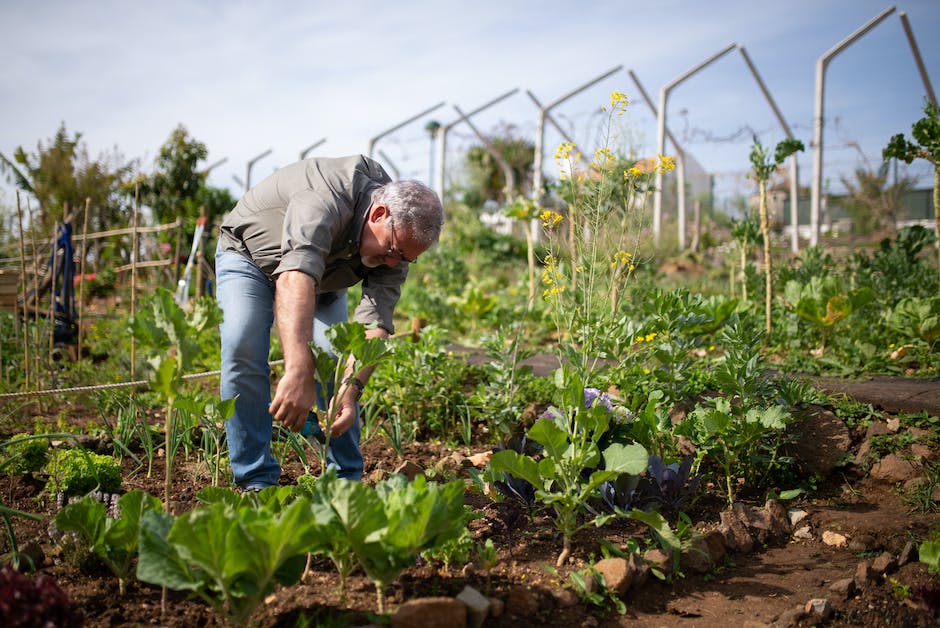
Pruning is the process of selectively removing parts of a plant to influence its growth pattern or shape. This can be done annually, seasonally, or periodically depending on the plant.
Many plants are designed with an inherent structure. For example, most plants have a stem, leaves, and roots. By selectively removing parts of the plant, you can influence where new growth comes from and where new stems and roots develop.
Removing old leaves on a plant allows for more sunlight to reach the roots and indirectly stimulates growth. Removing old flowers reduces the weight of the plant which allows for more upward growth. Both of these influences promote a healthier-looking plant over time.
Separate large plants into smaller containers to help control their growth pattern or shape. Planting smaller plants in larger containers has similar effects as planting larger plants in smaller containers has an effect.
Less risk of damage to property
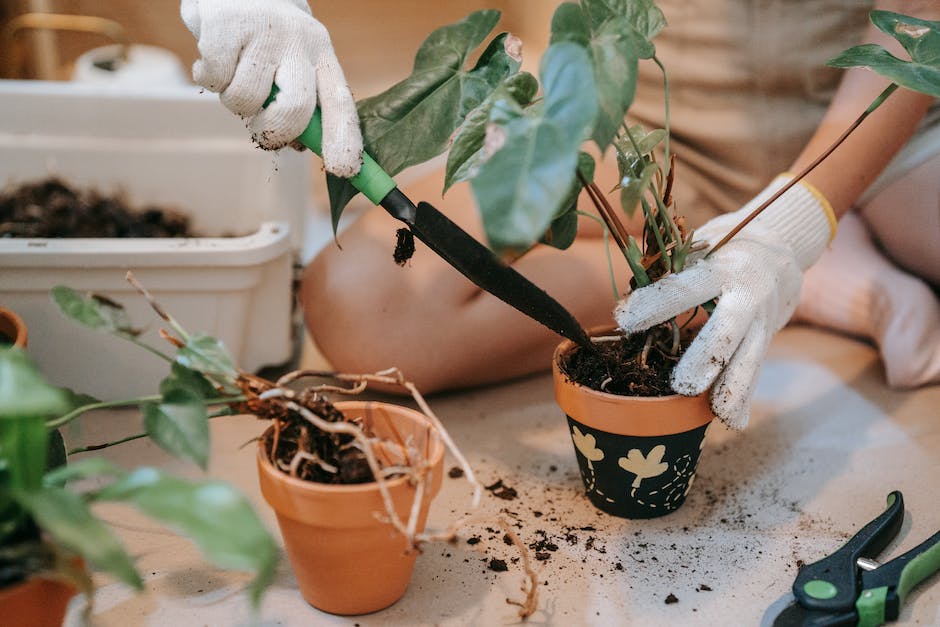
Photo by Sasha Kim on Pexels
Pruning trees is a careful process that requires knowledge, experience, and the right tools. A tree care professional can help you navigate this process.
When done correctly, selective tree pruning can have numerous benefits. Pruning trees can help promote new growth and shade, as well as new trees.
Pruning older branches can make room for new growth on the tree. This is done by cutting away older branches or roots that are blocking potential new growth.
Removing dead or diseased parts of the tree can help prevent damage to property and safety concerns. When left untreated, these parts of the tree can lead to broken limbs or total uprooting during a storm or other natural occurrence.
Removing overgrown trees is a way to help them regain their natural shape. Pruning back too far, however, may disrupt its natural shape and lead to health issues.
Less risk of injury to people nearby
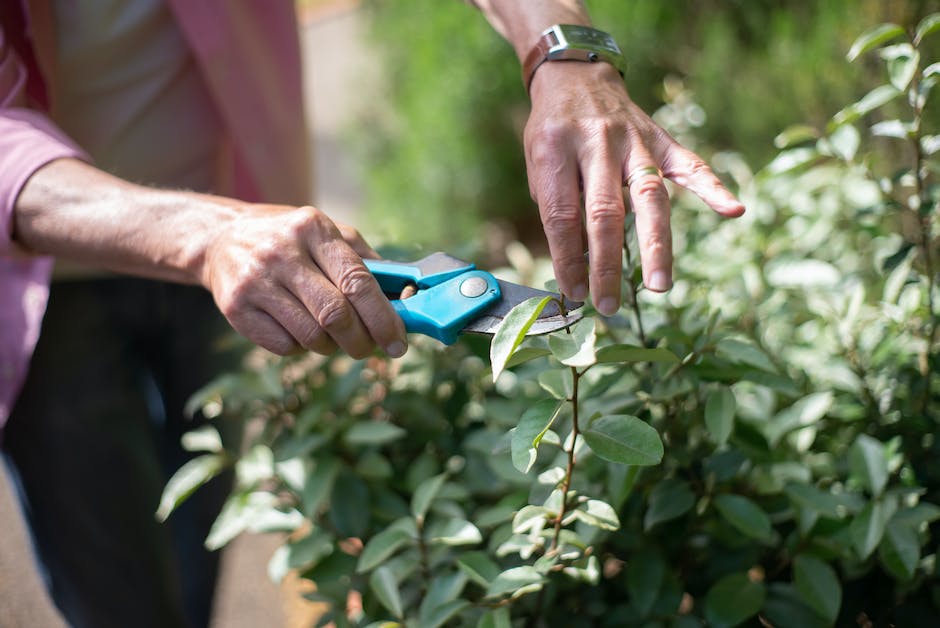
Pruning is the process of removing dead or diseased wood and branches from a tree. This can be done annually, semi-annually, or even bi-annually, depending on the tree and its health.
The health of a tree is dependent on many things, including soil health, nutrition, pest control, and weather conditions.
Soil health refers to the strength and quality of the soil in the tree is planted in. Trees planted in poor soil will have a harder time maintaining health than trees planted in high-quality soil.
Nutrition refers to the number of nutrients the tree needs to maintain health. If these are not supplied by good soil, then they need to be supplied by artificial sources. The other two factors help prevent disease in the tree, but cannot completely cure the tree if it has already been infected. As with pruning trees, there are several reasons why you might want to consider having some surgical procedures performed on you.
Improves plant nutrition
Pruning is more than just removing dead or dying branches. It is an art form really! Well, a plant art form at least.
Pruning can be used to improve the health of your plants by removing out older growth. Plants grow in rings called growth buds.
These are located just below the surface of the plant where the roots come out. These growth buds are triggered to grow by sunlight and nutrients brought up from the roots.
When plants are younger, they need more time to grow in these growth buds so that they can become large and beautiful. When plants get older, they need less time to grow in these growth buds to maintain a size that is appropriate for their age.
By pruning out the older growth, you are able to refresh your plant and give it new nutrition and a boost of energy.
Promotes rhizome and root growth

Pruning is the process of cutting away parts of a plant. Pruning can be done annually, semiannually, annually, or whenever a plant needs a new shape or size.
Many plants require periodic pruning to promote the growth of new shoots and roots. This is called root pruning and is done in spring when plants begin to wake up.
Root pruning involves cutting away parts of the roots. This exposes the plant to stress which triggers it to grow more cells and create new shoots. New shoots are the beginnings of new plants!
Some plants do not respond well to root pruning so you have to check if your plant requires this by doing some research. General pruning can still benefit a plant by promoting growth of rhizomes or other stems.
Increases water uptake into roots
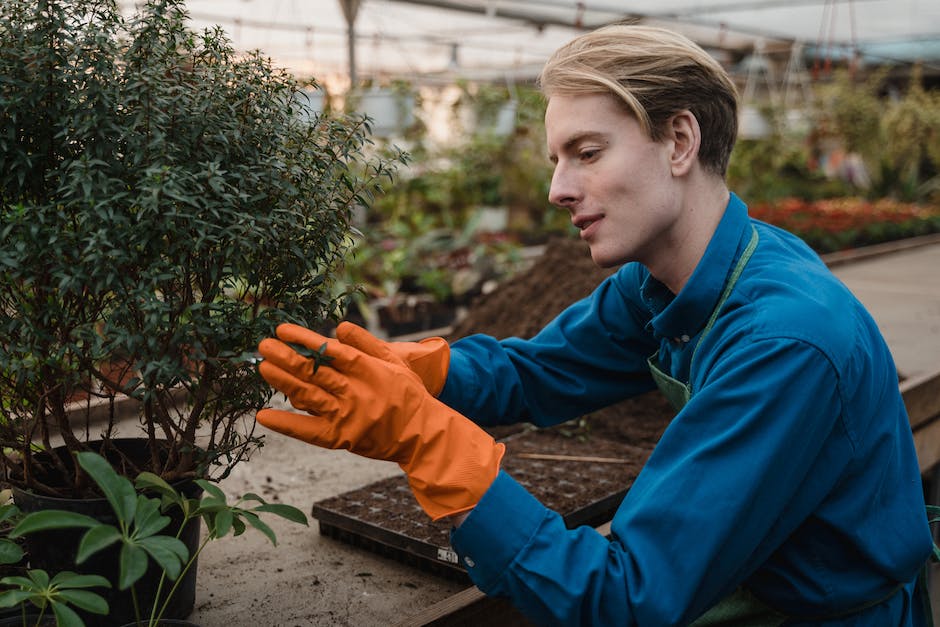
Photo by Karolina Grabowska on Pexels
Pruning is the process of removing parts of a plant. Pruning can refer to the overall plant structure, the trees or shrubs that a plant grows up into, and/or the plants that a plant grows in between.
There are several reasons to prune your plants. The most common reason is to promote growth. When you prune a plant, you are essentially cutting off some of its potential growth.
This growth is in the form of taller stems or roots and/or thicker stems or roots. When you prune a plant that is looking sparse or stunted, pruning can help it recover by giving it more space to grow in.
Another reason to prune is for aesthetic purposes. If your plant looks messy or disorganized, some cleaning up can make a big difference! Pruning can also help control your plants- if there are too many growing points on one stem, some pruning can fix that.
Content are generated with AI, fact checked by editorial team.
Hi there! My name is Aaron and I am a gardening expert from the United States. I have always had a passion for gardening and have been practicing it for years. I have gained extensive knowledge and experience in gardening.

